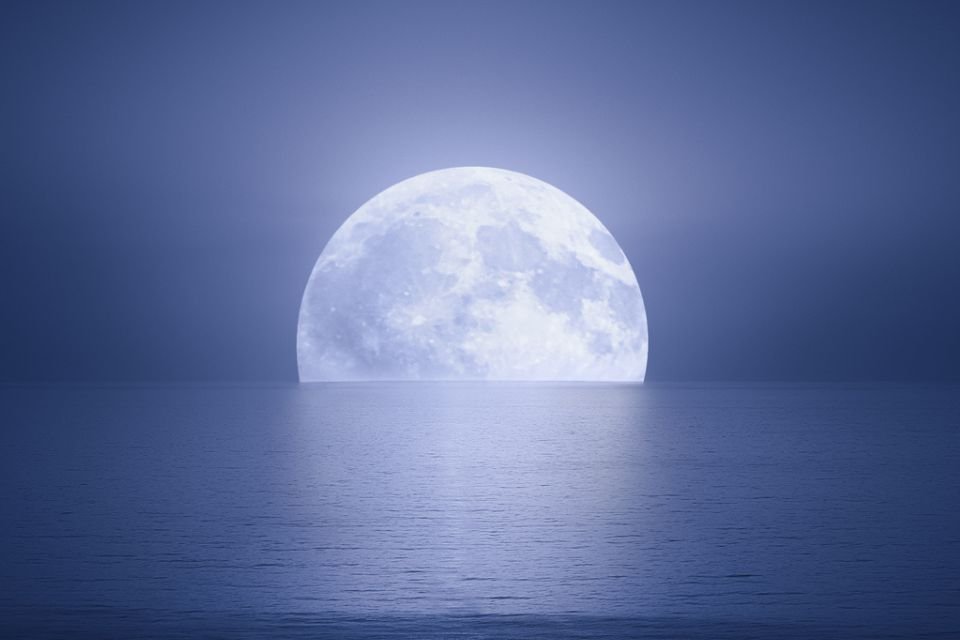Last Sunday (27), Saturn’s last planetary opposition took place; this was an event that allowed enthusiasts to visualize the planet with the naked eye. But August’s astronomical observations are not over yet: this Wednesday (30) it will be possible to visualize the biggest and brightest Moon of 2023. This event is known as the blue super moon.
Despite its quirky name, the event will feature bright orange, yellow and white light, not just any blue color. Actually, this name was chosen because it is the second full moon of August; A blue moon occurs when there are two full moons in the same month. — the other took place on August 1.
Actually, The Blue Super Moon will reach its closest point to Earth on August 30 at 22:36 Brazilian time, at a distance of approximately 357,181 km. It should be noted that each month the Moon reaches its closest point to Earth in an event known as Perigee, but this event will show one of the largest and brightest phases of the Moon in 2023.
“The planet Saturn, located a few days from the nearest and brightest point of the year, will appear close to the Moon. When evening twilight ends, Saturn will be 5 degrees from the upper right corner of the Moon and will appear to rotate clockwise around the moon as the night progresses. The full moon will appear for 3 days near the zenith of the Full Moon from Tuesday night to Friday morning. This will be a blue supermoon,” explains the United States National Aeronautics and Space Administration (NASA).
Blue Super Moon in August
Although an important event, the blue supermoon shift is not that important; The natural satellite will be no more than 14% larger than an ordinary full moon event. The visualization of the event will also depend on the meteorological conditions of the place where the observation will take place.
With the Moon’s perigee, there must also be a big change in tides, resulting in much weaker and very strong tides. Such tides are called perigean spring tides; spring tides occur each month when the Moon is full and new.
“Traditionally, the definition of a blue moon is the third full moon in the astronomical season, which includes four full moons. This is the most complex definition for people using the standard calendar, as the astronomical seasons begin and end at the equinoxes and solstices (for example, the winter season begins at the winter solstice and ends at the spring equinox, the spring season begins at the equinox). vernal equinox) and ends at the summer solstice, etc.),” explains a publication of the Royal Museums of Greenwich.
Did you like the content? So always stay up to date with the latest discoveries in astronomy on TecMundo and share the article with your friends who like the topic.
Source: Tec Mundo
I’m Blaine Morgan, an experienced journalist and writer with over 8 years of experience in the tech industry. My expertise lies in writing about technology news and trends, covering everything from cutting-edge gadgets to emerging software developments. I’ve written for several leading publications including Gadget Onus where I am an author.












